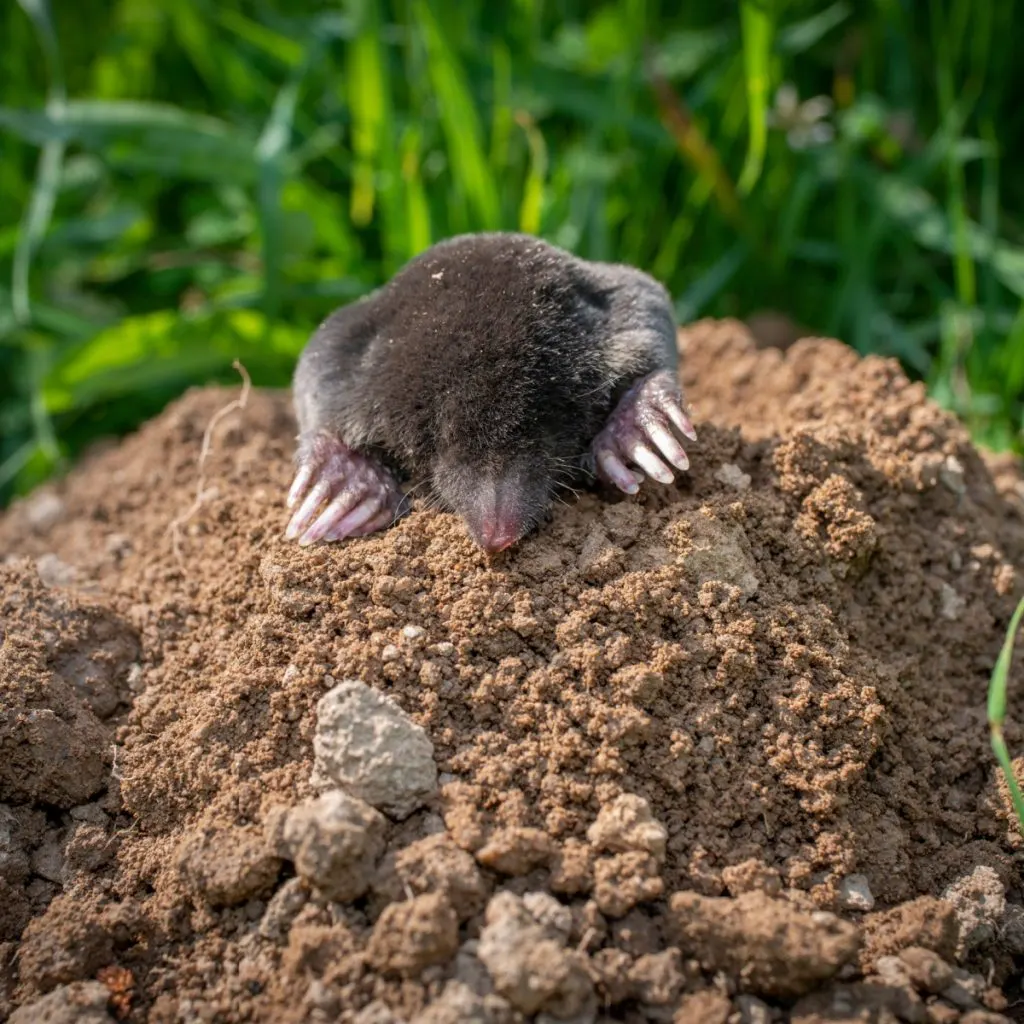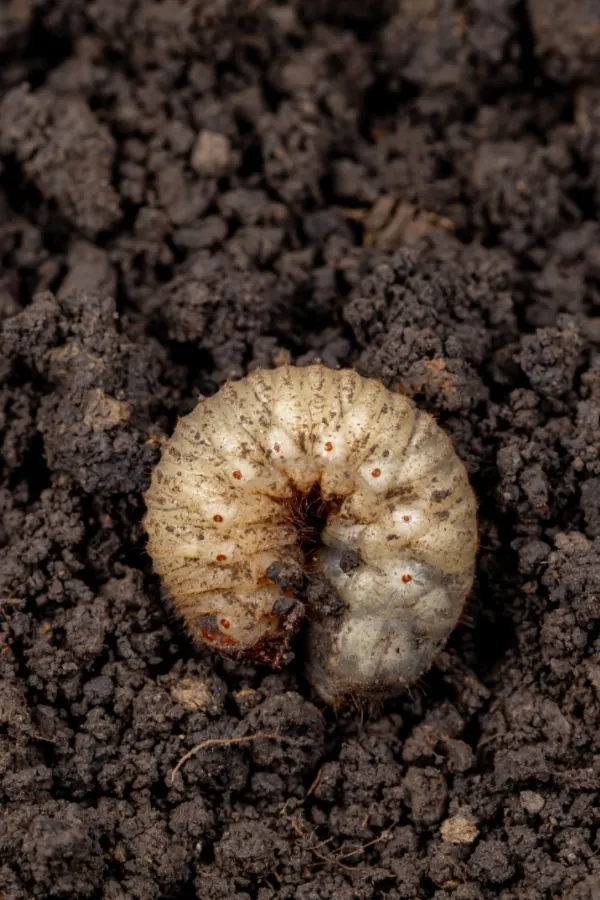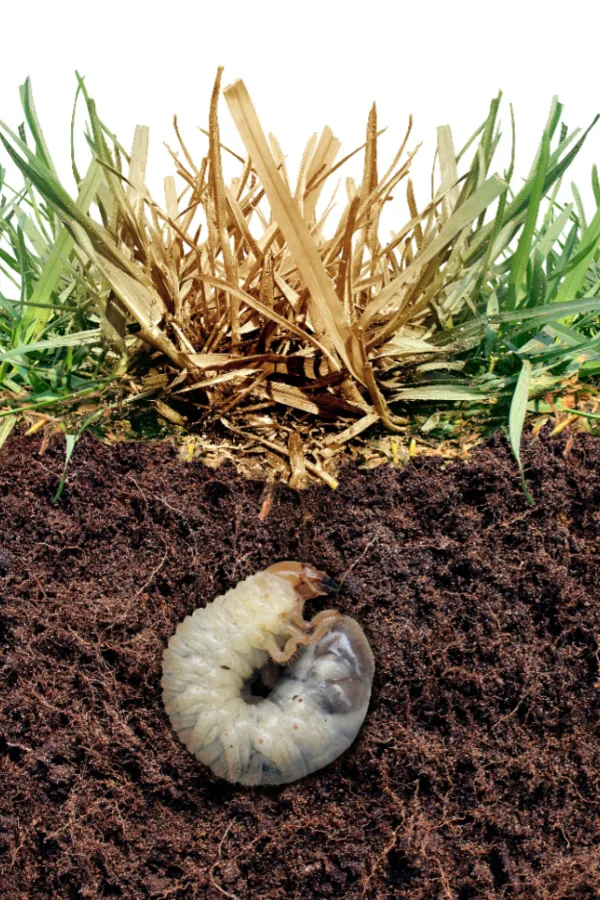One of the most frustrating battles for gardeners in the spring, summer and fall is trying to stop ground moles from destroying their lawn, flowerbeds and garden.
Ground moles can certainly be a huge issue all throughout the landscape. Not only are their tunnels unsightly and damaging to a lawn, they also can seriously injure the plants growing in gardens and flowerbeds as well.
When moles create their tunnels with their incredibly adept “digging hands”, they expose the roots of grass and plants growing above the soil line. And when they do, they often damage them beyond repair. Sadly, it’s not even not the plant’s roots they are after. Instead, they are looking to feast on the grubs living below the soil.

Ground moles have voracious appetites. And one thing is for sure, they are always in search of their next meal. They love to feast on grubs, earthworms and other ground dwelling bugs and insects that live in the soil.
So what is the answer to keeping moles away? Well, the good news is there are a few effective and natural methods to first get rid of the grubs living below the soil. But there also happens to be a couple of great methods to scare off the moles as well – and by using a combination of the two, you can get moles out of your yard – and keep them out for good!
The Secret To Stopping Ground Moles – For Good!
Plain and simple, the most effective way to get rid of ground moles for the long haul is to eliminate their food source. And the biggest food source of all for moles is of course grubs.
Although there are a few chemical products you can apply to your lawn to eliminate grubs – they can cause concern when using around pets, children and even adults. Even more, they are not good to use anywhere near your vegetable garden or near plants that grow food you consume.
But that is exactly where two all natural and very easy to apply products can save the day – neem oil and diatomaceous earth. Both are highly effective at eliminating grubs. And even better, both are organic and safe to use in your lawn and garden!

Here is a look at how to use both – along with a few ways to drive the moles out of your yard fast while you are in the process of getting rid of the grubs.
Spraying Neem Oil – The Secret To Stopping Ground Moles
Neem oil is an organic pesticide made from the oil pressed from the seeds of a neem tree. Not only will it kill grubs in the lawn, but it is also highly effective against ticks and other pests as well. Best of all – it can easily be applied with a sprayer to your lawn and garden soil
The key when purchasing neem oil is to make sure it is pure. There are products out there that add other ingredients, but it is 100% neem oil that will be most effective and safe. Affiliate Product Link: HARRIS Neem Oil Cold Pressed Water Soluble Concentrate
For small lawns a small pump sprayer will work – for larger lawns a back pack or pull behind sprayer are best for the job. To make the mix, use eight tablespoons of neem oil for every one gallon of water. Adding a teaspoon of mild liquid soap to the mix will make the spray even more effective. This lets the spray stick better to the lawn and soil.
You will need to reapply monthly for three to four months to effectively take care of grubs. One final note on neem oil, it will not harm bees once dry, so apply in the early morning or late evening when they are not active to keep bees safe.
Diatomaceous Earth – The Secret To Stopping Ground Moles
Another great weapon against grubs is diatomaceous earth. Diatomaceous earth is made from the fossilized remains of microscopic organisms from ancient times. It too is wonderful for eliminating all kinds of pests, including grubs and ticks.
The good news is that it is also completely natural and safe for pets and humans. Affiliate Product Link: Diatomaceous Earth
When the powder comes in contact with grubs it etches their outer coating. This then causes the grubs to dehydrate, killing them in the process. It is effective both if the powder lands on grubs or if they crawl over it later.
To use Diatomaceous Earth (DE) on grubs, you simply cover the lawn lightly using a spreader. See: How To Use Diatomaceous Earth To Get Rid Of Pests.

DE and neem oil work equally well to eliminate grubs. The choice really comes down to which method is easier for you to apply. But while you wait for those grubs to disappear from your lawn – it’s a great idea to drive the existing moles out to stop the damage. And for that, the following two methods work well:
Solar Mole Repellents – The Secret To Stopping Ground Moles
Ground moles do not like vibration and sound. And where there is a lot of either they tend to flee. Because of this solar mole repellers are a good choice for putting in prime mole areas. The solar powered devices emit pulsing vibrations and sounds. And they do so in regular doses, keeping a constant supply of noise and movement in the soil.
When placed in strategic locations, the devices can help to drive moles from an area. One spike is usually not enough to keep them out of an area, but multiple solar spikes can work together to drive the moles out.
It may take a bit of experimenting with placement, but they can form an effective barrier. Best of all – they are 100% solar and require no cords or power to run!
Castor Oil Spray – How To Get Rid of Ground Moles
Castor oil is another good option when it comes to driving ground moles from your property. The castor bean has long been known to be offensive to ground moles. In fact, many gardeners plant castor bean plants strategically in their garden to stop ground moles from entering.

If you don’t want to plant castor bean plants (they can be invasive), you can create a castor oil spray that is a highly effective ground treatment. Once applied to the soil, it can be a very effective natural deterrent. Affiliate Product Link: Castor Oil – Pure
To make, mix 6 ounces of castor oil with a gallon of water and a few drops of liquid dish soap. The dish soap will help the mixture stick to the foliage where it is sprayed. To apply, use a sprayer and cover the affected area with a light mist.
To increase effectiveness for stopping ground moles, spray the entrance and exit holes with the solution as well. The scent helps drive ground moles from working the treated areas. To keep its effectiveness, you will need to reapply the spray after a hard rain, watering, or a heavy dew.
Here is to getting rid of the grubs – and to stopping ground moles from damaging your lawn and garden areas for good!
This Is My Garden
Follow Our Facebook Page For Great Gardening Tips And Advice! This Is My Garden Facebook Page
This Is My Garden is a garden website created by gardeners, for gardeners. Jim and Mary Competti have been writing gardening, DIY and recipe articles and books and speaking for over 15 years from their 46 acre Ohio farm. They publish three articles every week, 52 weeks a year. Sign up today to follow via email, or follow along!

